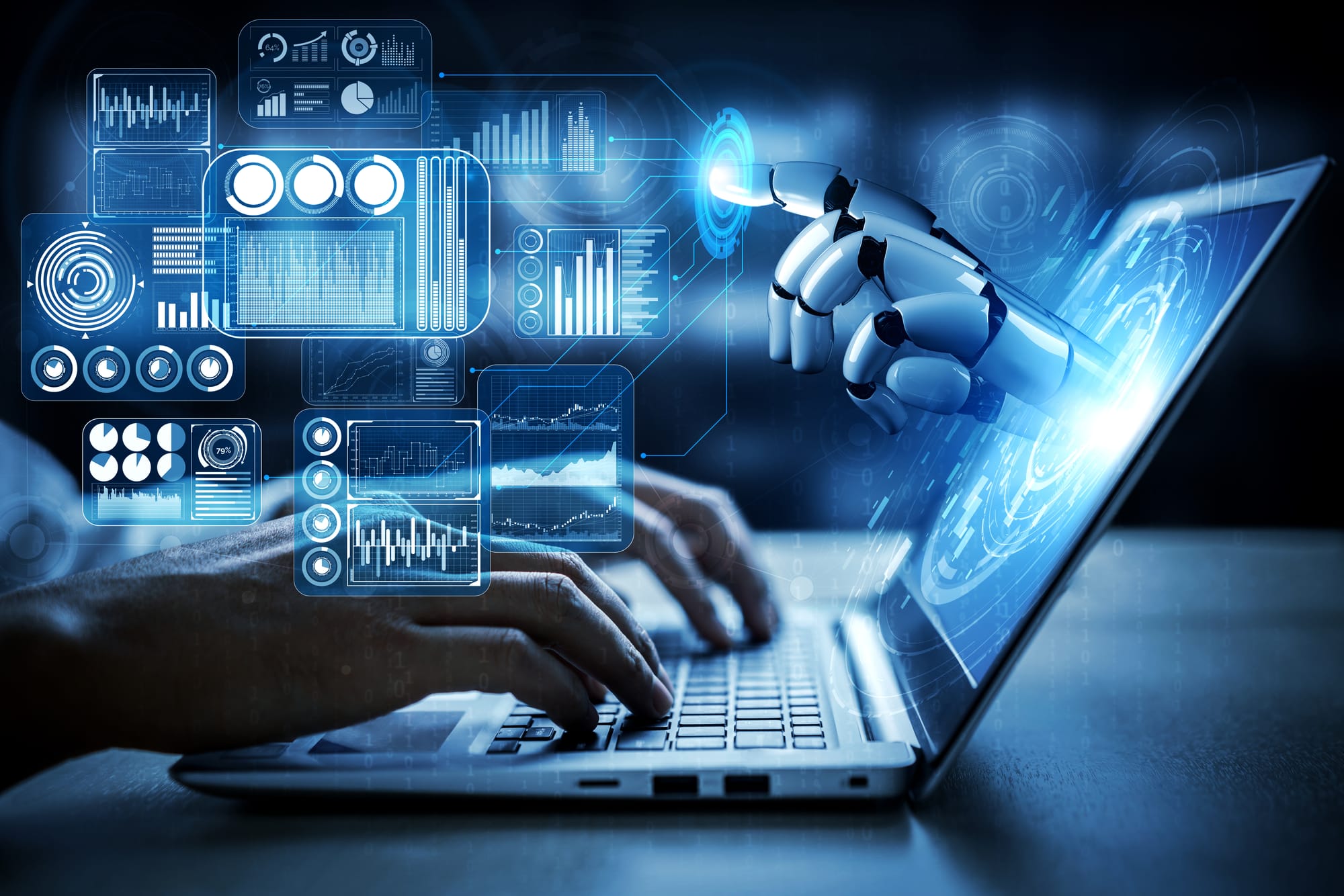Understanding AI Analytics: How It Detects Threats

Artificial Intelligence (AI) analytics have revolutionized the way we approach security and threat detection. By leveraging advanced algorithms and data processing techniques, AI analytics can identify potential threats with remarkable accuracy and speed. Here’s a closer look at how AI analytics work and their crucial role in enhancing security.
1. Data Collection
AI analytics begin with extensive data collection from various sources, including:
- CCTV Cameras: Video footage captured in real-time.
- Access Control Systems: Logs of entry and exit activities.
- Environmental Sensors: Data from motion detectors, alarms, and other sensors.
This diverse data set is crucial for AI algorithms to analyze patterns and identify anomalies.
2. Machine Learning Algorithms
At the core of AI analytics are machine learning algorithms that process vast amounts of data. These algorithms learn from historical data, allowing them to recognize normal behavior patterns and detect deviations. Key techniques include:
- Supervised Learning: Training the algorithm on labeled data to identify specific threats.
- Unsupervised Learning: Allowing the algorithm to discover patterns without prior labeling, useful for detecting unknown threats.
3. Real-Time Analysis
AI analytics provide real-time processing capabilities, enabling immediate threat detection. As data flows in, the system continuously analyzes it, looking for unusual activities or patterns that may indicate a security breach. This rapid analysis allows for swift responses to potential threats.
4. Anomaly Detection
One of the most powerful features of AI analytics is its ability to detect anomalies. By establishing baseline behavior for different environments, AI systems can flag activities that deviate from the norm. For example:
- Movement Detection: Recognizing unusual movement patterns, such as someone lingering in a restricted area.
- Access Anomalies: Identifying unusual access attempts at odd hours or from unfamiliar locations.
5. Predictive Analytics
AI analytics not only identify current threats but can also predict potential future risks. By analyzing historical data and trends, these systems can forecast areas or times that may be more susceptible to security incidents. Predictive analytics enables proactive security measures, reducing the likelihood of incidents before they occur.
6. Automated Responses
Incorporating AI analytics into security systems allows for automated responses to detected threats. For example:
- Alerts: Immediate notifications to security personnel when a potential threat is detected.
- Lockdowns: Automatic locking of doors or securing of areas when unauthorized access is identified.
- Video Review: Prompting security teams to review relevant footage for further investigation.
7. Continuous Improvement
AI systems are designed for continuous learning. As they process more data over time, their accuracy and effectiveness improve. This ongoing learning process ensures that AI analytics can adapt to new threats and changing environments, making them an invaluable asset in modern security strategies.
Conclusion
AI analytics play a pivotal role in threat detection by offering rapid data analysis, anomaly detection, and predictive capabilities. By integrating AI-driven solutions into your security strategy, you can enhance your ability to identify and respond to potential threats, ultimately ensuring greater safety and security for your property.


